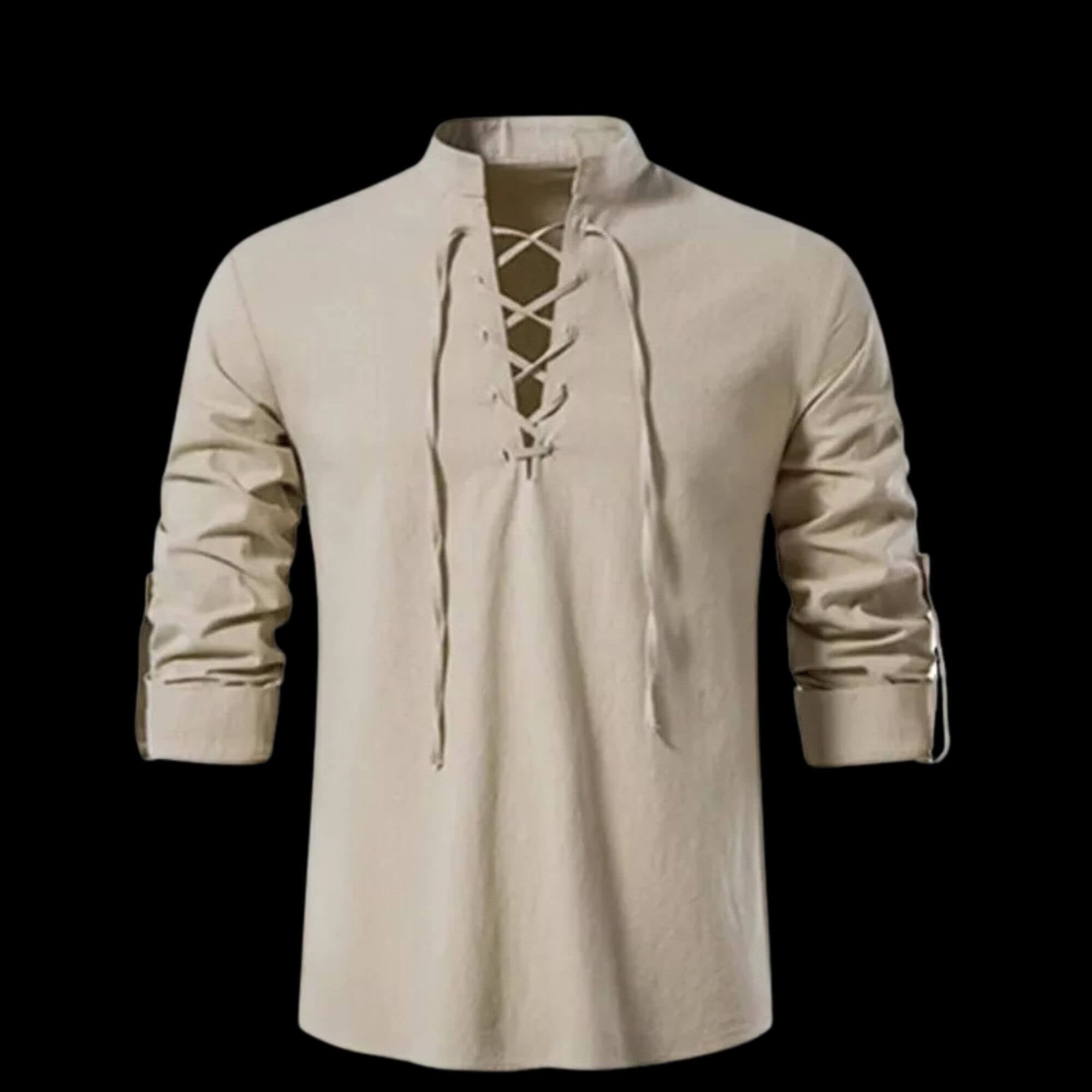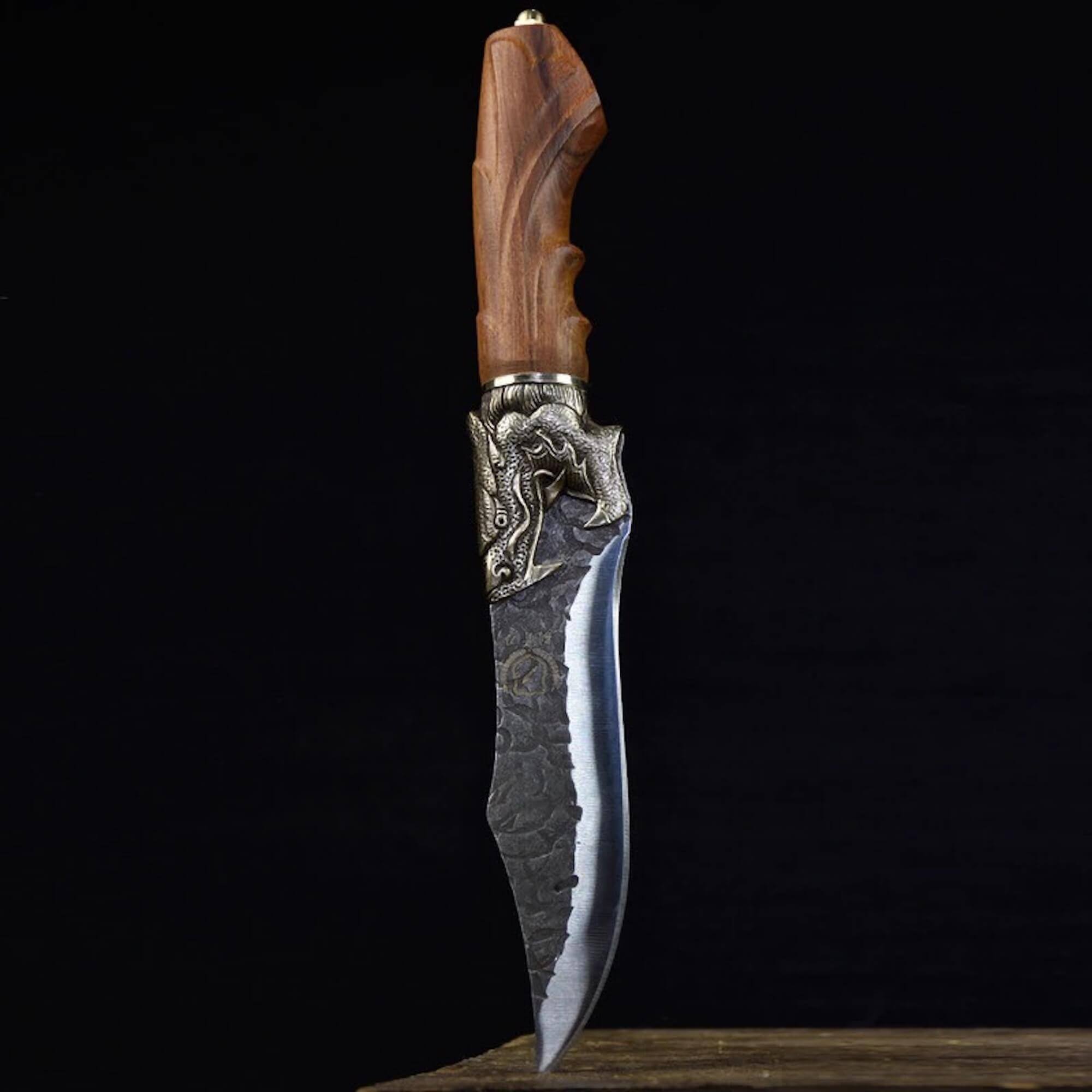
The Mythical Connection Between Elves and Dwarves in Norse Lore
The mythical worlds of Norse tradition are populated with complex beings whose roles and characteristics have shaped our modern perception of fantasy. Among these are the elves and dwarves, two groups often depicted as polar opposites: dwarves as stout, underground smiths and miners, and elves as graceful, ethereal creatures skilled in magic or archery. But if we trace these beings back to the original Norse texts, a much more intricate relationship emerges.
The two main sources for Norse mythological knowledge, The Poetic Edda and The Prose Edda, provide names and stories of these ancient creatures, illustrating their significance. Dwarves, or “dvergar,” appear in both texts as early inhabitants of the cosmos, associated with the creation of treasures and weapons for the gods. Similarly, elves, or “álfar,” are represented in ways that hint at close ties with divine realms, particularly with the Vanir gods.
Roots and Realms: Dwarves in Norse Mythology
Dwarves in Norse mythology are thought to originate from Ymir, the primordial being whose body parts were used to create the world. Scholars often view dwarves as ancient, chthonic beings—creatures born from the earth itself. The Eddas mention the land of Svartálfheim, often translated as "home of the dark elves." However, many Norse scholars, including figures like Dr. John Lindow, suggest that the "dark elves" (svartálfar) are essentially another name for dwarves, emphasizing their underground dwelling and affinity with metalwork.
From the forges of Svartálfheim, dwarves produced many of the Norse gods’ legendary items, like Thor's hammer Mjölnir and Odin's spear Gungnir. Dwarves like Brokkr, Eitri, and the Sons of Ivaldi were not just craftspeople but creators of divine artifacts, shaping Norse mythology through their mastery.
The Ambiguity of Elves in Norse Texts
Unlike dwarves, elves are less frequently mentioned by name in the Eddas, which adds an aura of mystery to their role in Norse mythology. The concept of “light elves” (ljósálfar) and “dark elves” (dökkálfar) appears, but the lines are blurred regarding their exact nature. Some scholars propose that light elves are related to the Vanir gods, with whom they share certain traits like fertility and connection to the natural world. The Vanir god Freyr, for instance, was gifted the land of Álfheimr (the realm of the elves) as a child, possibly hinting at a deep connection between the elves and the Vanir family.
This link suggests that elves may have held a semi-divine status, bridging the realms of gods and mortals. Rather than existing in sharp contrast to dwarves, elves might represent another facet of Norse spirituality, one rooted in light, beauty, and wisdom.
From Source to Story: How Modern Interpretations Shaped Our Views
The imagery of elves and dwarves has evolved dramatically over the centuries. J.R.R. Tolkien’s influence, especially, cemented the popular image of dwarves as gruff but loyal miners and elves as wise, forest-dwelling beings. But as we delve into the Norse sources, we see that this binary portrayal does not fully capture the nuances of their original identities.
In Norse mythology, these beings were not confined to rigid stereotypes but were woven into the fabric of a complex cosmos where gods, giants, and mythical creatures interacted fluidly. Dwarves were not simply craftsmen, nor were elves just distant, ethereal figures; they were multifaceted beings whose stories added depth to Norse cosmology.
Uncovering the Original Narratives
To truly understand these enigmatic beings, exploring The Poetic Edda and The Prose Edda in translation is essential. These ancient texts offer a glimpse into a world where dwarves and elves were not the simplified characters we see today but were part of a rich, interconnected mythological landscape. By examining the sources, readers can experience the true complexity of Norse mythology, one that celebrates the blurred lines and hidden connections between creatures of light and shadow, the forge and the forest.




